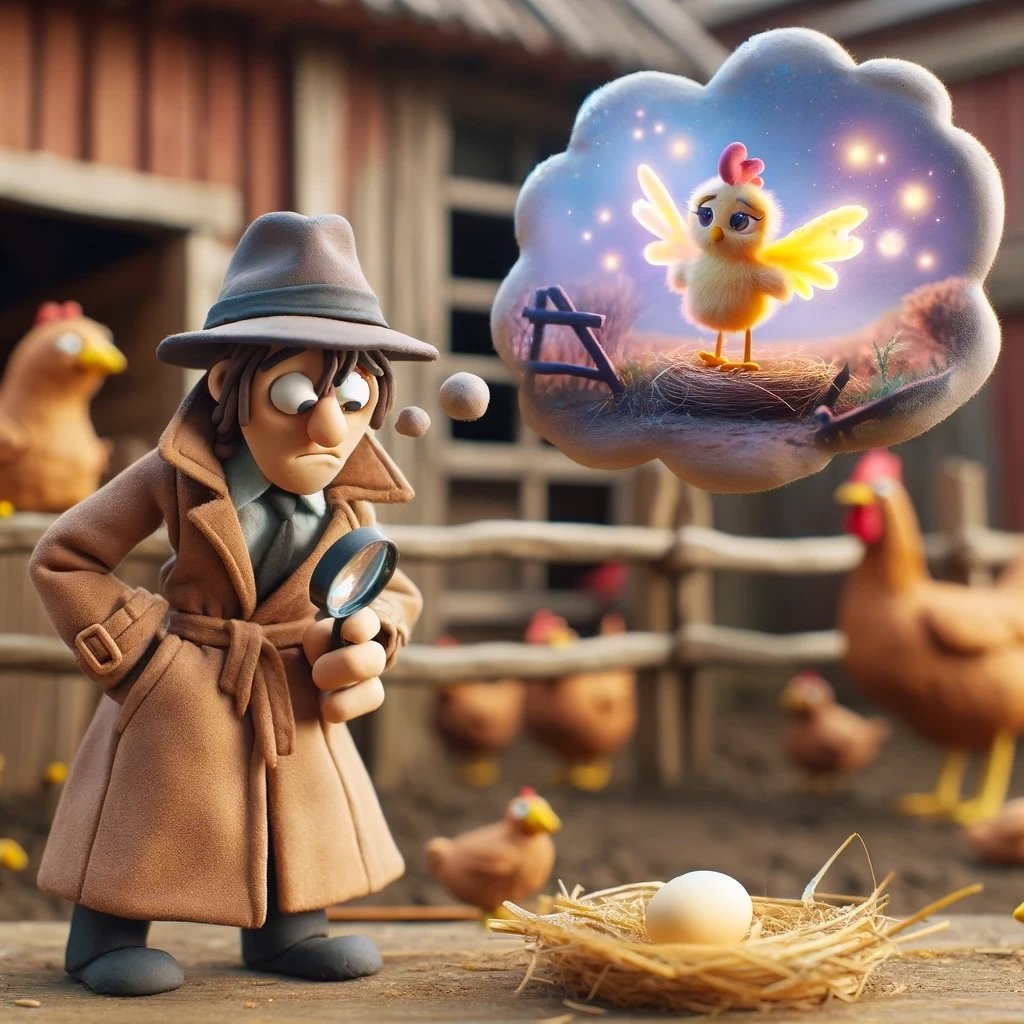The Curious Case of Fairy Eggs
It was like any other day on the farm. The sun was starting to set as I walked around the barn for the evening chores. It had been two days since I gathered eggs and after stopping at the Orpingtons and Legbars, the Serama coops were up next.
Walking down the row my basket continued to fill up. I stopped in my tracks after taking a step to the next coop.
What was this I was seeing? Yes, Serama eggs are smaller than full size chickens, but this was something different. A third of the normal size, it looked like an egg. Or was it?
Tracing the Clues
To solve our mystery, it’s important to understand the normal egg formation process—and where it sometimes goes wrong.
In a typical chicken, egg production starts with the development of a yolk in the ovary, which is then released into the oviduct. After that the yolk is coated with albumin (egg white), shell membranes and then the egg shell is formed.
In young pullets, the synchronization between the ovary and oviduct isn’t perfect. When this coordination fails, the resulting egg may lack sufficient yolk. While a standard egg displays a balanced composition of yolk and albumen, these eggs are noticeably smaller and can appear almost “empty.” These “mistakes” are common during the first few laying cycles, as the pullet’s reproductive system is still in its learning phase.
A Promising Lead
What I was looking at wasn’t something supernatural. It was definitely an egg, just a lot smaller and not left by garden gnomes. Sometimes referred to as fairy or wind (fart) eggs, they are much smaller and are usually yolkless (or pretty close to it).
Fairy eggs are not the products of magical mischief but are a natural occurrence seen in the early laying cycles of pullets. In the past they were often considered a bad omen for your flock. Modern poultry science has shown they’re simply a developmental hiccup, not a harbinger of misfortune.
Examining the Evidence
Interestingly, the presence of fairy eggs is more a sign of growth than doom.
Fairy eggs are predominantly laid by young pullets whose reproductive systems are still maturing. Their occurrence is a natural part of their maturity and often decline after the pullet’s first few weeks of laying.
As they continue to mature, the number of fairy eggs decreases. Mature hens almost always produce well-formed, full-sized eggs, making fairy eggs a rarity for them.
Spotting a fairy egg now and then in a new flock is normal and a fun novelty you could enter in the next poultry show’s smallest egg contest. Rather than a sign of a problem, these eggs serve as an indication that our pullets are starting the egg laying stage of their development.
Case Closed
Discovering a fairy egg shouldn’t make you worry. Occasional appearances are normal and tend to resolve as the pullets mature.
If fairy eggs begin appearing frequently or in older hens, it might be worth checking things such as diet, lighting, or stress levels in the flock. Some underlying health issues or environmental stresses can sometimes contribute to reproductive glitches.
While fairy eggs are generally safe to eat, their nutritional value might be lower than that of a fully developed egg. Of course your next omelette would require a lot of fairy eggs by comparison.
Keeping an eye on the overall flock health and making sure their food, water and environment are in top shape can help prevent potential health issues and make finding your next fairy egg a fun reward of backyard chicken keeping.


